Self-Regulation Strategies & Techniques In-Session Demonstrations for Calming Children with Autism, ADHD & Sensory Processing Disorder
$199.00 Original price was: $199.00.$75.00Current price is: $75.00.
Proof of item:
- DSM-5® updates for autism and sensory modulation
- Build and enhance self-regulation in any setting
- Come away with:
- Sensory therapy techniques
- Self-management and video modeling programs
- Sensory lifestyle
- First person stories
- Energy regulation techniques
Children who have trouble self-regulating throughout the day are missing out on typical childhood experiences in school, on the playground and with their families. This workshop looks at the underlying factors of poor self-regulation and how they affect the child.
Experienced presenter, Teresa Garland, MOT, OTR/l will teach you practical interventions and how to create simple, but effective programs in clinical, school and home settings:
- Sensory therapy techniques
- Simple self-management and video modeling programs
- Sensory lifestyle
- First person stories
- Energy regulation techniques
- Emotional regulation techniques
- Communication methods
- Transition strategies
- Behavioral strategies
Clinical programs such as Interactive Metronome® and Emotional Freedom Technique (EFT™) will be discussed, as will timely topics such as medication vs. non-medication for ADHD and new insights from research into biomedical aspects of autism. You will receive written handouts and a list of resources.
- Summarize characteristics of sensory modulation disorder, ADHD and autism and how they overlap.
- Illustrate specific treatments for SPD that can be duplicated at school or home.
- Describe the ingredients of a sensory lifestyle.
- Tell examples of elements of successful first person stories and transitional activities.
- Describe ADHD interventions to be used with or without meds.
- Apply a simple self-management and video modeling program.
- Describe how clinic-based therapies can reduce symptoms of SPD and ADHD.
How Self-Regulation Affects a Child’s Physical, Mental and Emotional Wellbeing
- Overlay of systems
- Overlap with sensory modulation disorder, ADHD, autism, giftedness, anxiety and related conditions
Sensory Processing Disorder (SPD)
- Vestibular, proprioceptive, and sensory modulation characteristics
- Strategies for home and school
- Making it right: case studies and videos
- Sensory diet vs. a sensory lifestyle
- The big therapies: Interactive Metronome® (IM), brushing and sensory diets
ADHD Strategies
- Parker’s guidelines for giving meds
- Greenspan’s strategies for avoiding meds
- Cognitive strategies, attention strategies and mindfulness meditation
Self-Management
- As a powerful behavior program for ADHD
- Case study on breaking “stimming” habits
Utilizing Video
- Role play & video modeling
- Teaching functional skills
- Catching child “being good”
- Working with emotions
- Art and music
- Emotional Freedom Technique (EFT)
- Polyvagal Theory and autism
iPad® Apps
- Visual schedules
- Social stories
- Visual timers
Autism Strategies
- Communication strategies that provide control
- Match-and-repeat technique for social engagement
- Dealing with picky eating and poor sleep habits
- Behavioral strategies for eliminating difficult behavior
First Person Stories & Strategies for Smooth Transitions
- Discuss social interactions
- Describe relevant social cues and behaviors
- Examples of transitional activities
Other Approaches
- Alternative therapy
- Qi massage
Calming Strategies
- Music, Me-Moves™
- Deep pressure, Ease™
1 review for Self-Regulation Strategies & Techniques In-Session Demonstrations for Calming Children with Autism, ADHD & Sensory Processing Disorder
| 5 star | 100 | 100% |
| 4 star | 0% | |
| 3 star | 0% | |
| 2 star | 0% | |
| 1 star | 0% |
Sorry, no reviews match your current selections
Q & A
Related products
Personal Development
Personal Development
Personal Development
Personal Development
Cameron Blas – Filming And Editing Mastery With Final Cut Pro X
Personal Development
Personal Development
Reuben Brooks – The Ultimate Transformation – Meal Plan & Training Program
Personal Development
Personal Development


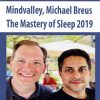
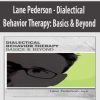
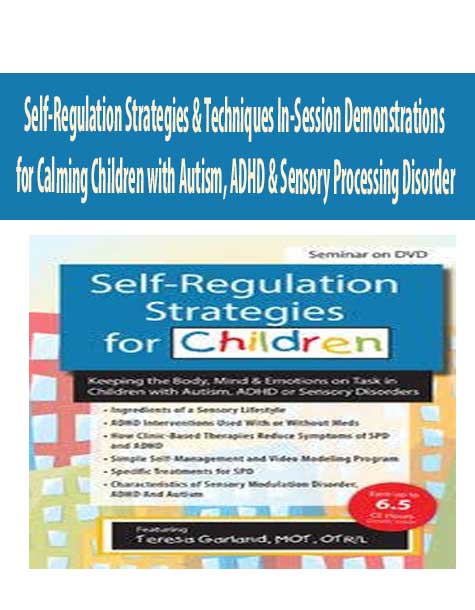


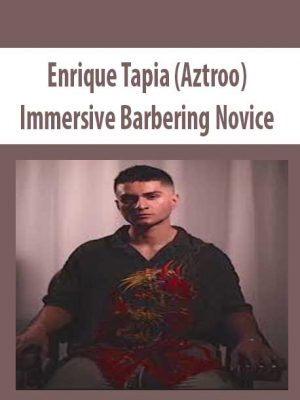


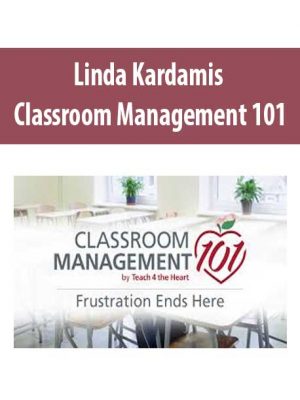


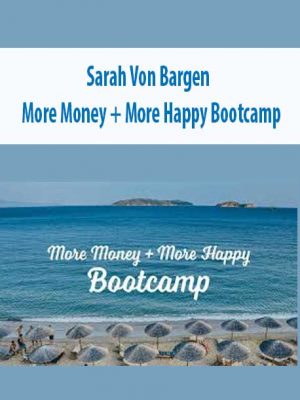
Quick and easy transaction | Self-Regulation Strategies & Techniques In-Session Demonstrations for Calming Children with Autism, ADHD & Sensory Processing Disorder